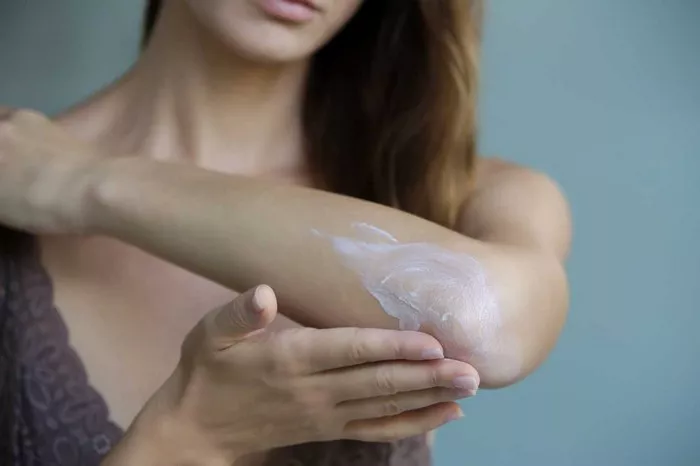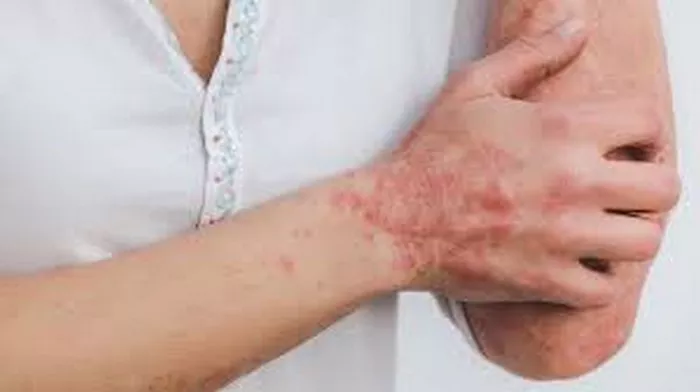Permanent makeup, often known for its role in enhancing facial features like eyeliner and eyebrows, serves a dual purpose beyond aesthetics by helping individuals manage various skin and hair conditions, thereby boosting their self-confidence.
A recent study published in the Journal of the American Academy of Dermatology explores the therapeutic applications of permanent makeup, highlighting its potential to conceal medical conditions and offering guidelines for prospective recipients.
While traditionally associated with cosmetic enhancements, such as eyeliner and lip tinting, permanent makeup proves invaluable in concealing surgical scars, birthmarks, alopecia, and vitiligo. It also facilitates nipple-areola reconstruction following breast cancer or reduction surgeries. Moreover, individuals with conditions like arthritis or tremors benefit from its practical use as a substitute for conventional makeup.
Dr. Walter Liszewski, co-author of the study and assistant professor at Northwestern Feinberg School of Medicine, emphasizes its transformative impact on individuals with vitiligo or alopecia: “We often think about permanent makeup being used to enhance a person’s lips or eyebrows. However, for people with conditions like vitiligo or alopecia, permanent makeup can be transformative.”
The procedure involves tattooing pigment onto the skin, akin to regular tattooing, albeit with specific considerations. Potential risks outlined in the study include infectious and allergic reactions, which have seen a rise amid heightened demand during the COVID-19 pandemic. Complications such as bacterial infections or allergic reactions to tattoo ink are more likely if proper hygiene and aftercare protocols are not followed.
To mitigate risks and ensure satisfactory outcomes, the study recommends consulting a board-certified dermatologist before undergoing the procedure. Dermatologists versed in permanent makeup can provide expert guidance or refer reputable practitioners. Notably, regulations governing permanent makeup vary widely across states, underscoring the need for thorough research and adherence to best practices.
The American Academy of Dermatology advocates for selecting artists trained in sanitation, skin anatomy, infection prevention, and wound care. Compliance with CDC guidelines on instrument sterilization and blood-borne infection precautions is essential. Artists should also furnish patients with meticulous post-treatment care instructions to prevent infections and ensure optimal healing.
In conclusion, while permanent makeup offers aesthetic benefits, its therapeutic applications extend to empowering individuals coping with challenging medical conditions. Dr. Liszewski asserts, “[Permanent makeup] can be used as a tool to restore confidence… empowers these patients to find a sense of renewed self-assurance with cosmetic results that current medications can’t deliver.”
By bridging the gap between cosmetic enhancement and medical necessity, permanent makeup emerges as a supportive option for enhancing both physical appearance and psychological well-being.
Related Topics:

























